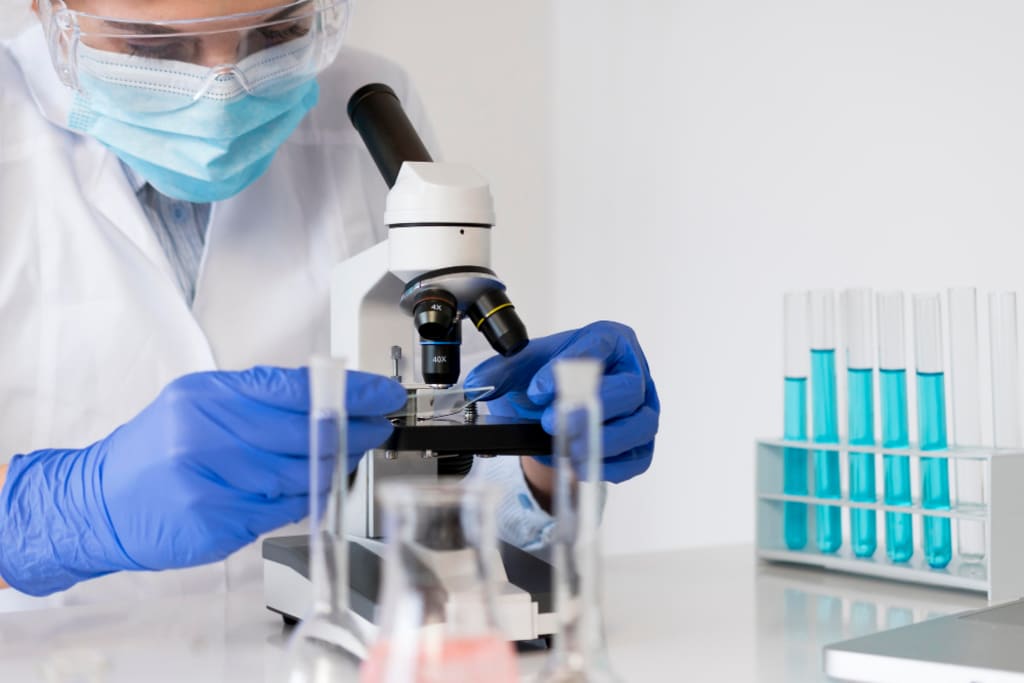In-Vivo vs. In-Vitro Testing – What’s the Difference?
Both are widely utilized techniques for assessing the efficacy and safety of medications in pharmacology.

Testing the effectiveness and safety of pharmaceuticals is a critical stage in creating new medications in the field of pharmacology. Two widely used techniques for assessing how medications affect living beings are in-vivo and in-vitro testing. While both approaches have benefits and drawbacks, it is crucial for drug development to comprehend the distinction between in-vivo and in-vitro testing.
Drug effectiveness and safety can be better understood by in-vivo research. However, it can be expensive, time-consuming, and raise ethical questions. As they provide essential information regarding the pharmacokinetics and pharmacodynamics of medications, in-vivo pharmacology is necessary for drug development.
Understanding the distinctions between in-vivo and in-vitro testing enables scientists to choose the optimal strategy for determining how medicines react in diverse circumstances, ultimately creating safer and more effective drugs for human use.
In-vitro testing: What is it?
In-vitro testing is the term for research that is carried out away from living things, often in a lab. This testing approach is helpful for investigating how medications affect separate cells, tissues, or organs. A time and money-saving method for determining medication potency and possible toxicities is in-vitro testing. Drug pharmacokinetics, which includes drug absorption, distribution, metabolism, and excretion, can also be studied in-vitro.
In-vitro testing does have certain restrictions, though. As they do not take into consideration the intricate interconnections between many bodily systems, the outcomes of in-vitro testing may not precisely represent the impact of medications on living things. Additionally, in-vitro testing does not take into account the effects of variables like metabolism, blood flow, and immune response, which might affect the efficacy and safety of drugs.
In-vivo testing: What is it?
In contrast, in-vivo testing entails examining the effects of medications on live things like humans or animals. As it takes into consideration the intricate interconnections between many biological systems within the body, in-vivo testing offers a more thorough knowledge of the effectiveness and safety of medications. Drug pharmacokinetics, comprising absorption, distribution, metabolism, and excretion, may also be evaluated in-vivo in a more precise and pertinent manner.
In-vivo testing has benefits, but it may also be expensive, time-consuming, and vulnerable to ethical dilemmas involving the use of animals or human test subjects. Additionally, because people and animals may have different physiology and biology, the outcomes of in-vivo testing may not be immediately transferable to humans.
What do in-vivo pharmacology services include?
A variety of procedures are used in in-vivo pharmacology services to evaluate the effectiveness and safety of medications in live things. These services are crucial for the development of new therapeutics since they offer important data on the pharmacokinetics and pharmacodynamics of various medications.
In-vivo pharmacology services, such as acute toxicity studies, sub-chronic and chronic toxicity studies, and pharmacokinetic studies, may entail using animal models to assess the safety and effectiveness of medications. Services in-vivo pharmacology can also be used to assess a drug's therapeutic potential for a particular illness, such as cancer or cardiovascular disease.
Final thoughts
In conclusion, two widely utilized techniques for assessing the efficacy and safety of medications in pharmacology are in-vivo testing and in-vitro testing. While in-vitro testing is a quick and inexpensive technique to evaluate a drug's efficacy and look for possible toxicities, it does not take into consideration the intricate relationships between many biological systems in the body.
Both methods have their advantages and limitations, and their combined use can lead to a comprehensive assessment of potential treatments, pharmaceuticals, or interventions before their application in clinical settings. Note that it’s crucial to consult a pharmacology service provider that can assist you with in-vivo testing if you intend to test new medications.
About the Creator
Phil Stephan
Strategic content partner and digital marketing specialist at Dignitas Digital






Comments
There are no comments for this story
Be the first to respond and start the conversation.